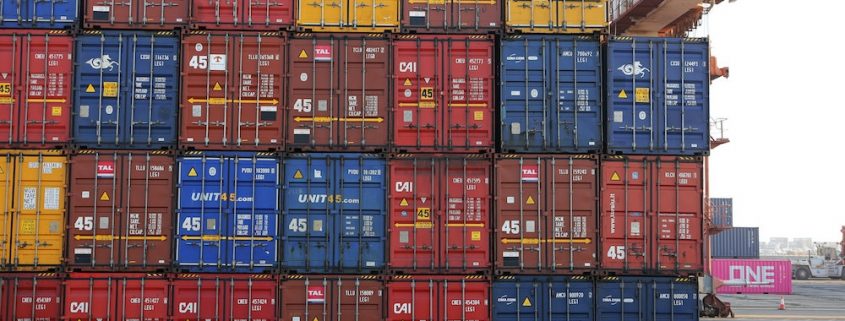Global Shipping Container Shortage: Everything You Need to Know
Did you know that there’s an international shortage of shipping containers? While this may not seem like such a big deal, it has actually affected every aspect of our lives!
Shipping containers are at the heart of the global economy, transporting billions of dollars’ worth of consumer goods, apparel, materials, manufacturing parts, and countless other products between countries and continents every day. Normally, when even one aspect of the supply chain is waylaid, the consequences are substantial. So, when there is a global pandemic, the results are disastrous!
How The Container Shortage Happened
In the beginning of the Covid-19 pandemic, lockdowns and government-imposed limits halted the production of many goods, reducing the intricate flow of exports and imports between nations. Consumer demand also plummeted, as people stopped going out to shop and stimulate the economy. This all caused less shipping containers and cargo ships to be necessary. So, the unneeded containers were sent to inland depots and ports, stacked up by the thousands.
Months later, as restrictions began to lift, the need for shipping containers began to increase in some places more than others. Countries with less restrictions needed more shipping containers, while countries with tight lockdowns needed few. This disparity caused an imbalance of the distribution of shipping containers—that is to say, they’re all in the wrong spots.
Some ports are overwhelmed and crowded with containers, struggling to load and unload fast enough. In Los Angeles, there was a reported “parking lot” of cargo ships waiting to unload for weeks. In China, a shut-down port caused the delay of over 350,000 containers for two months. Depending on the product, shipping delays can be anywhere from days to months. It’s a domino effect: delays stack on delays, as backlog increases, demand increases, and prices spike. With all this compounding disarray, there’s no end in sight; the global shipping container shortage is likely to last into 2022.
How Does This Affect Us?
As consumers, we aren’t directly involved in the day-to-day affairs of international shipping. However, we will certainly bear some of the economic strain of the crisis. Consumer goods, from cereal to t-shirts, are facing inflated prices. Companies cannot afford to pay for the growing expenses of shipping containers, and are forced to place some of the cost on us. While price increases for many products are negligible, they add up.
In turn, there’s growing speculation around the impact on the upcoming holiday season. As CEO of the large marine consulting firm Sea Intelligence ApS Alan Murphy stated, “It’s a crisis of excessively high demand and a severe shortage of supply of vessel space and empty containers… don’t be surprised if your Christmas shopping list comes out short.” Maybe it’s time to begin your holiday shopping, right now!
Local Shipping Container Surplus
Here at Moon Trailer Leasing, we’re pleased to report that we have had no issues with shipping container shortages! As one of Kentucky’s largest full-service leasing companies, Moon is proud to rent and sell 20ft and 40ft storage containers. Locally-owned and operated, we offer affordable, fast service and delivery. Call 502-776-2199 to get started today!











